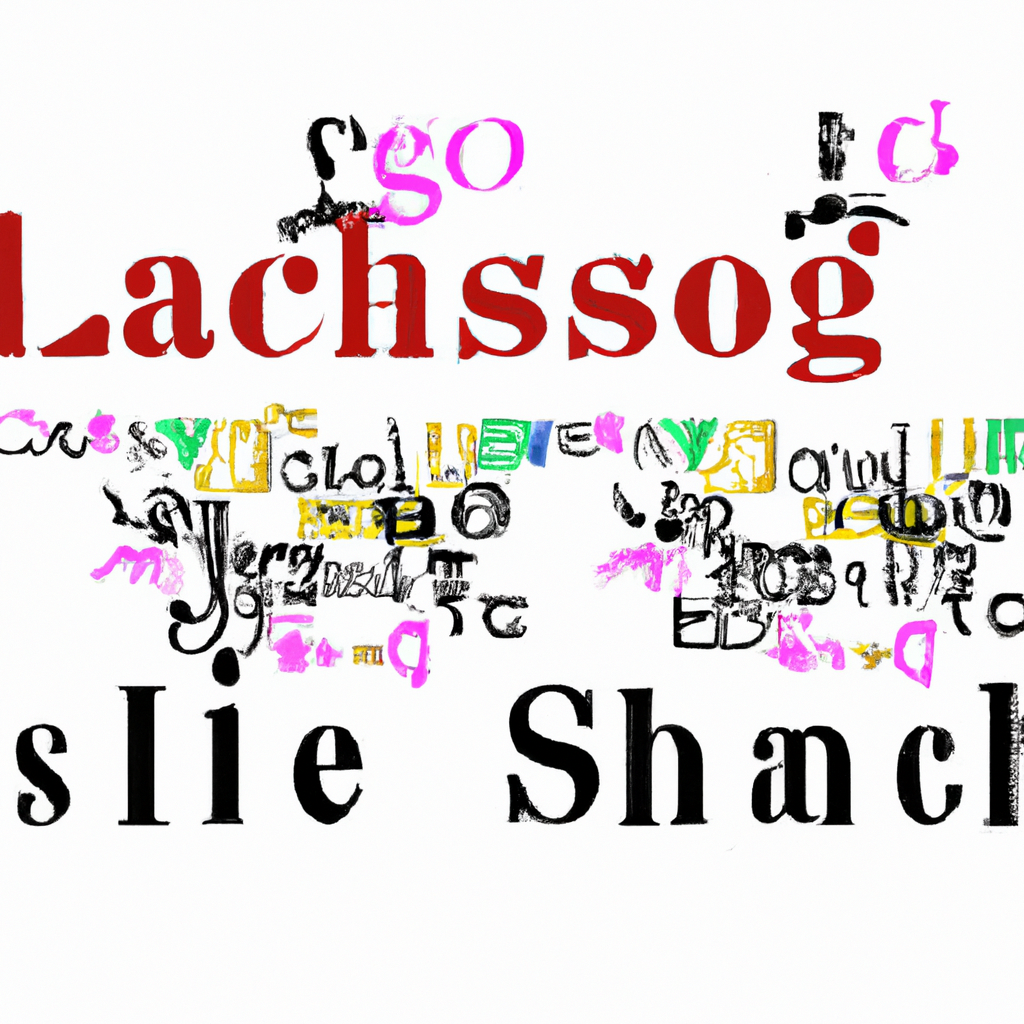Hey there! Today, I’m diving into something that’s super close to my heart: exploring cultural nuances through language learning. Now, I know what you’re thinking—learning a new language is hard enough without getting bogged down by idioms and slang. But trust me, understanding these quirky expressions can really spice up your communication skills.
Let me take you back to my college days when I decided to pick up Spanish. Like most newbies, I started with the basics—hello, goodbye, where’s the bathroom? You know the drill. But it wasn’t until I spent a summer in Madrid that things got interesting.
I remember one day my host family invited me for dinner and casually said “¡No te cortes!” as we were about to dig in. My textbook brain went blank—I had no idea what they meant! Later, I learned it means ‘don’t be shy’ or ‘help yourself.’ It was an idiom that didn’t make sense word-for-word but captured the warmth of Spanish hospitality perfectly.
Learning idioms like this really opened up a whole new world for me. They’re not just phrases; they’re little windows into how people think and live their lives. Suddenly, conversations felt more genuine because I wasn’t just translating words; I was understanding meanings and feelings behind them.
Slang works much the same way. During my time in London (yep, another adventure), hearing someone say “gutted” instead of sad or “knackered” instead of tired made interactions feel more real—and let’s face it—more fun! It turned out that throwing around these local terms made connecting with people way easier than sticking strictly to formal English.
Real-life example time: A friend once told me about her experiences while learning Japanese. She shared how daunting it was initially but then discovered their unique love for onomatopoeic expressions like “wan-wan” for barking dogs or “pika-pika” for something sparkly clean. Picking up on such quirks allowed her to engage deeper with native speakers who appreciated her effort beyond regular classroom lingo.
There’s also this other side where knowing idioms and slang saves you from awkward moments—a lesson I’ve learned more than once! Imagine being at a French café confidently ordering ‘un pain au chocolat’ only to get puzzled looks because locals call it simply ‘une chocolatine’ in certain regions of France!
But hey—don’t let potential faux pas discourage you from diving into colorful colloquialisms! The beauty lies precisely within those missteps as well—it shows you’re trying earnestly rather than sticking purely textbook-perfect language which often comes off stiff anyway!
So here’s my two cents: Next time you’re embarking on mastering another tongue (or maybe brushing up ones already under your belt), give idioms & slang fair attention too—they’ll bring vibrancy & authenticity not only into conversations but relationships forged along journey itself!
In closing folks…if languages were books—their quirky expressions would definitely be dog-eared pages filled w/ scribbles providing us glimpses beyond mere text allowing genuine human connections amidst diverse cultures worldwide
Catch ya later till next blog post!!


